
A glance at the gearchange mechanisms on SI and SII cars will show clearly an example of production economies practised after the FIAT takeover. The SI features an elaborate system of beautifully-made linkages; the SII is a different matter.
The ball at the bottom of the lever runs in a pressed-in plastic bush. It is inevitable that after many years of use the change action will become increasingly and depressingly vaguer.
I had had enough of mine going this way and so I had a word with the amazingly resourceful Phil at Evolution Engineering. As I expected, he came up with an excellent engineering solution.
I apologise for the small picture but it shows that the "push-through" bush has been replaced by a pair of machined brass cup bearings that are a good tight fit into the yolk that used to hold the plastic. Phil cleverly arranged a little additional material so that the bushes may be pressed in further to take up wear. So far no adjustment has been required.
A final note on the gearchange mechanism: the action is transmitted through a staggeringly heavy solid steel rod. Whilst renewing the bushes in my extension I replaced the rod with a piece of steel tube, thus making a useful weight saving. It would seem that Lancia imagined that
the gearbox would require enormous force to effect a change and/or it would be driven by gorillas in the peak of fitness.
À bientôt
The ball at the bottom of the lever runs in a pressed-in plastic bush. It is inevitable that after many years of use the change action will become increasingly and depressingly vaguer.
I had had enough of mine going this way and so I had a word with the amazingly resourceful Phil at Evolution Engineering. As I expected, he came up with an excellent engineering solution.
I apologise for the small picture but it shows that the "push-through" bush has been replaced by a pair of machined brass cup bearings that are a good tight fit into the yolk that used to hold the plastic. Phil cleverly arranged a little additional material so that the bushes may be pressed in further to take up wear. So far no adjustment has been required.
A final note on the gearchange mechanism: the action is transmitted through a staggeringly heavy solid steel rod. Whilst renewing the bushes in my extension I replaced the rod with a piece of steel tube, thus making a useful weight saving. It would seem that Lancia imagined that
the gearbox would require enormous force to effect a change and/or it would be driven by gorillas in the peak of fitness.
À bientôt

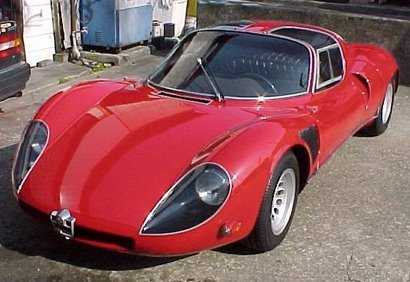
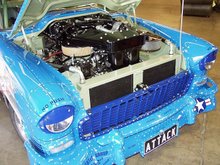
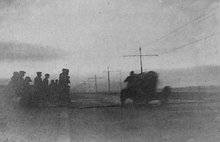


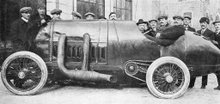


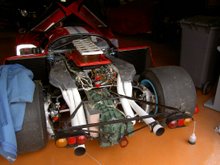

8 comments:
Another thing which needs improvement is the eye-bold in the extention were the pivot is connected to. It is rotating on the thread of the bolt. Not realy firs class engineering and it shows since the thread wears out and the eye-bolt gets sloppy. Vibration is also an issue. The gearlever vibrates during motorway cruising speed. I cured that by placing small home fabricated silentblocks between the aloy extention and the gearbox. Made from the rubber bush of ordinairy rawl plugs and a small metal bushing. It does a perfect job!
But I'm still going to change back to the original 4-speed for my Series 1 HF. I've modified the 4 speed linkage a bit so the trows between 1-2 and 3-4 are about 50% shorter. Weight is 10K less and net. engine power at the wheels probably 10Hp more. Win Win I would say!
Yes, William you are quite correct: the use of the thread is not good. I used to cure slack ones with PTFE (plumber's) tape! I should like to see a photo of your "fix"
any chance these can still be made?
Hello Where are you? I expect that Phil could still do it. email me on VAR1016@gmail.com
UK
see website and then link to email
best
What website? Just email me!
Thanks for writing this.
Camdyn, thanks for your comment and for your "thank you"
It's nice to be appreciated!
Post a Comment